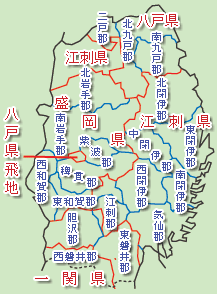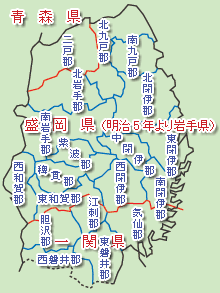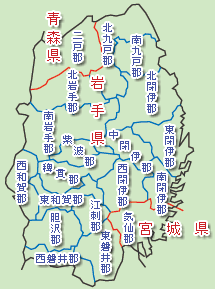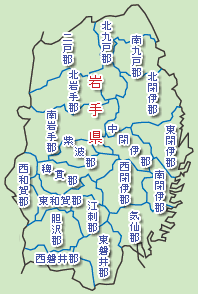In the 19th century, the fiscal hardships of Zhuji made the Makuhari system slick, and the open-country issue, which began with Perry's arrival, put the system into a critical crisis, and a siege movement would occur. General Keisei 3 (1867), Tokugawa Keisuke (Yoshinobu) returns to Taisei in 1867, but the Shogunist demands resignation from Keiki for Keisei 4 (1868) On January 3rd, an armed clash occurs in Toba and Fushimi in Kyoto, and the Boshin War begins.
On the 17th, the court ordered Sendai Seiki to send the Keisuke Aizu Sakai, and Morioka Sakai receives a life of support for the conquest. The Governor of Ouchi, who will go to Sendai in March, will begin sending troops to Aizu in April. However, from this time the opposition of the Obara lord to the general government office which forced the troops to strengthen became strong, and in May, the “Owa line alliance” of 25 Owa was formed by the chanting of the Sendai and Yonezawa lords. Later, Hokuetsu's six ships also joined ("Owagaetsu-Ryo Alliance") and strengthened their stance on confronting the new government.
During this time, he escaped from Sendai and welcomed Kujo governor, who entered Akita via Morioka, in June. In July, Sendai Sakai, Shonai Shoka and Ichinoseki Sakai will start the Akita invasion, and Morioka Sakai will also take part in August. However, many were in favor of the new government army, and on September 15 Sendai Sakai surrendered, Morioka Sakai surrendered on the 25th, and the war of war ended as the last bandit army.
As a result of the defeat in the Meiji era (1868), the era of Morioka was ordered to pay 70,000 reparations and be rolled to Shiraishi (Shiroishi, Shiroishi City, Miyagi Prefecture). In March 1869, Southern Hokutaro (Toshiyuki later) will decree the print register (people) and become the governor of Shiraishi in June. However, in July, the return to the former territory has taken effect, and return to Morioka is permitted on the condition of 700,000 donations. However, the territory was Iwate, Shiwa, Hianuki, Waga, and four counties, and the stone height was 130,000.
At this time, the present Iwate Prefecture has three prefectures of Morioka, Hachinohe and Ichinoseki, Esashi, Ginzawa (Isawa) and Sannohe (Mino), and in November, the Tonan by the former Aizu clan (Tonami) By the founding, the northern county, the Sande county, and the Ninohe county became part of the Tounan territorial land, so the rest of the Sanno prefecture is incorporated into the Esashi prefecture. Esashi prefecture placed the central government office in Tono, and it was composed of Kesen, Esashi, Shii (Kei), part of Kuno (Kuno), deer horn and Ninohe.
Morioka was allowed to return to Morioka, but his territory has been reduced and donations have become a burden, and the finances have nearly collapsed, and May 18 (March 1870) according to Jiro's East, a major counselor. In advance of the other shrines, I asked for the ruined prefecture, and Morioka was newly placed. After that, in the ruined setting prefecture in July 1871, Hachinohe-Ichinoseki-Toonan-Mitaka also became a prefecture, and the prefecture integration was carried out in the same year, and the present Iwate prefecture is Aomori prefecture, former Morioka The territory of Morioka is Morioka, and the former Sendai territory is Ichinoseki. The jurisdiction of Ichinoseki prefecture is five counties (Tono, Esashi, Iorizawa, Sakurai, Kesen) in the south of the prefecture, as well as Motoyoshi, Tome, Tori, Kurihara and Tamaki in the present Miyagi prefecture. It included counties. The name of the prefecture was changed from Mizusawa in December to Sakurai in November 1875 (1875), and the central government office was also moved from Ichinoseki to Teraike-cho, Tome-gun (Miyagi Prefecture Tome-cho), again to Ichinoseki. Morioka Prefecture was renamed Iwate Prefecture in 1887, and Sakurai Prefecture was divided into two in April 1876, and the northern three counties were incorporated into Iwate Prefecture. Furthermore, Kesen-gun, which belonged to Miyagi prefecture, and Ninohe-gun, Aomori prefecture, were incorporated in May of the same year, and the current Iwate prefecture area was established.
The Cultural Information Encyclopedia (Iwate's Mine History: Transformation to Modern Mines )




